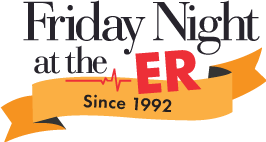Experiential activities can be powerful tools for teachers and trainers, but it’s not always easy to measure their effectiveness. Most of the time, the only way to assess their impact is through qualitative feedback.
Take customer Phil Cady, for example. Phil is a Canadian systems thinking expert who uses experiential activities as part of his international consulting practice, Cognitive Leadership Strategies West.
“Time and time again,” Phil explains, “feedback on program evaluations reinforces the idea that living an experience through simulation or experiential activity – or doing something physical or kinetic – deepens people’s understandings and helps them learn systems concepts in ways their brain on its own just wouldn’t do for them.”

Yet when Phil added Friday Night at the ER to his toolkit in 2017, he sought a way to prove what he knew his clients would report back – that they were successfully learning to apply key concepts of systems thinking to optimize organizational performance. To do this, Phil customized his game sessions to include two rounds of game play and a score comparison between each round – all without taking additional time. We talked with Phil recently about his two-round method and what the scores reveal.
Phil, you know from years of experience that kinesthetic and experiential activities can be powerful teaching methods. Why bother measuring this numerically with Friday Night at the ER?
Measuring performance improvement clearly demonstrates that core system strategies are not merely ideas – they are practical applications of systems thinking that really do make a demonstrable difference.
We usually recommend four hours for a single round and debrief of Friday Night at the ER. How long do you take to lead two rounds?
With a quick-thinking group of participants and a few modifications to segues and content, two rounds can shine a bright light on system optimization in as little as 3.5 hours.
In our game, teams are scored on financial performance, the quality of care patients receive and their ability to meet deadlines. When teams play twice, where do their scores improve the most?
The biggest gains are in financial improvement although both are often shockingly large. One group, when given an opportunity to discuss whole system strategies, saw 93% improvement in financial performance and 82% in overall quality in round two. This is a very difficult message to ignore no matter what industry the participants are from. Only once have I witnessed a team drop performance – clear evidence of an over-focus on quality to the neglect of cost. An amazing discussion ensued!
What are the biggest behavioral changes you observe between the first and second rounds of game play and how do these changes impact the score differences?
First, I notice a desire to immediately challenge assumptions and mental models about what can and cannot be done. Second, I notice increased whole system awareness and a jump in collaborative capacity. This is very rewarding to witness and it begs a discussion of application beyond game play itself.
How do your clients feel about playing the game a second time?
Participants are regularly amazed that simple strategies can produce such dramatic results. On many an occasion people commit to spending an extra 15-30 minutes to see if they can improve their performance. There is a sense of fun competitiveness and a high degree of curiosity that develops after the debrief of round one.
What do the improved scores mean to the teams?
In Friday Night at the ER, I believe there is a sense of self and group efficacy that develops, and participants naturally begin to wonder what the implications are for their organizations. Participants start to think about how they contribute to whole system performance.
More User Stories
Lisa Yeo: Systems Thinking for Emerging Leaders
Joann Gadbaw: Using the Game to Surface ‘Data’ for Organization Development
Linda van der Steen: Teaching Government Teams to Self-Organize in The Netherlands

